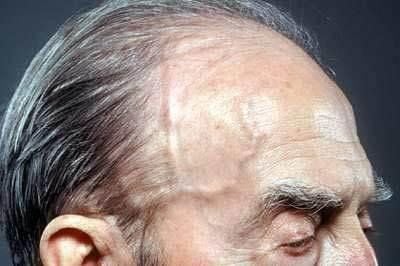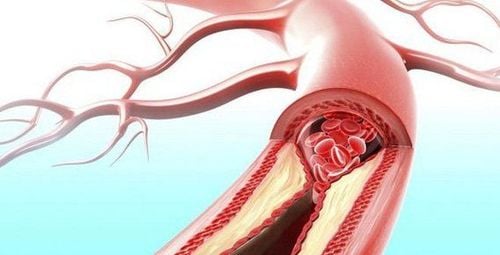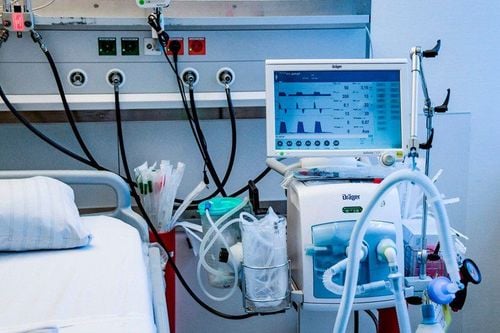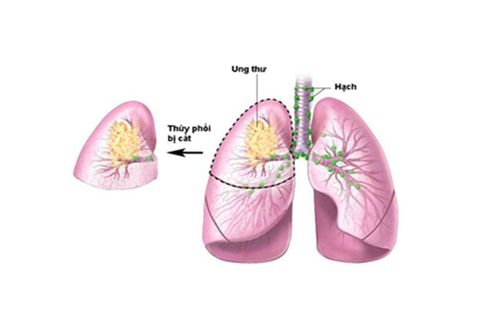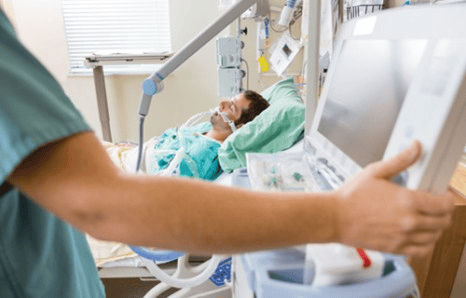This is an automatically translated article.
This article is expertly consulted by Master, Doctor Nguyen Le Duc Hoang - Emergency Medicine Doctor - Emergency Department - Vinmec Danang International Hospital.Artificial ventilation is indicated when the patient is equipped with oxygen equipment, reducing alveolar ventilation. This is considered a method that can partially or completely replace the patient's spontaneous breathing.
1. Things to know about artificial ventilation
1.1 What is artificial ventilation?
Artificial ventilation also known as positive pressure ventilation means using a machine that pushes into the lungs to increase central airway pressure. The increased pressure in the central airway will help push air into the alveoli for the patient so that the lungs will expand.
When the lungs expand, the machine will stop pumping air into the airways, then the pressure in the central airways will decrease. When exhalation occurs, the pressure in the central airways falls below the pressure in the alveoli.
Artificial ventilation can partially or completely replace the patient's spontaneous breathing.

1.2 Effects of using artificial ventilation
The most important purpose when artificial ventilation on patients with acute respiratory failure is to improve gas exchange and reduce the work of breathing for the patient.
Artificial ventilation improves gas exchange; improve ventilation and perfusion (V/Q). This will reduce the physiological decline of the lungs.
Increased work of breathing is the result of a change in lung mechanics (as in increased airway resistance, or in the case of decreased pulmonary compliance) or an increased need for ventilation. Attempts to maintain this increase in work will lead to respiratory muscle fatigue and consequent respiratory failure. When using artificial ventilation, it can partially or completely solve the patient's condition with increased respiratory work, helping the function of the respiratory muscles to be restored.
1.3 Who is performing artificial ventilation?
Doctors: Includes intensive care, emergency or anesthesiologists.
Nurses/ Anesthesia Technicians/ Respiratory Therapists: Nurses and medical assistant technicians will also receive special training in methods of caring for ventilated patients, handle technical problems if arise during ventilator operation, helping patients recover faster.
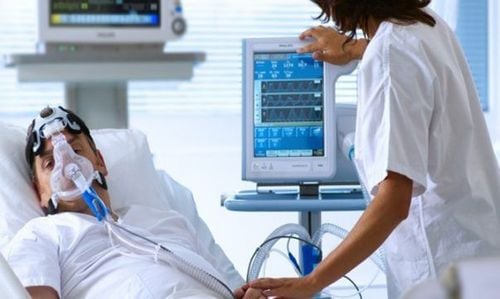
2. Acronyms commonly used in artificial ventilation
2.1 What is SpO2?
In artificial ventilation often emerges from SpO2.
SpO2 stands for "Saturation of peripheral oxygen" which means the saturation of oxygen in the peripheral blood. In other words, SpO2 is the ratio of oxidized hemoglobin (hemoglobin that contains oxygen) to the total amount of hemoglobin in the blood (oxygenated and non-oxidized hemoglobin).
It is often said that SpO2 is considered as one of the body's vital signs. Besides showing the body's survival, SpO2 also shows 4 other signs: pulse, temperature, blood pressure and breathing rate.
SpO2 can be measured by pulse oximetry – this is an indirect, non-invasive method (Does not involve the introduction of external instruments into the body). It works by emitting and then absorbing a light wave that travels through the blood vessels (or capillaries) in the fingertips. A variation of the light wave passing through the finger will give the value of the SpO2 measurement because the degree of oxygen saturation causes variations in the color of the blood.
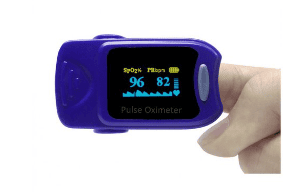
2.2 What is PET CO2?
Pet CO2 is the CO2 tidal termination electrode. The Pet CO2 measurement method does not cause bleeding, is inexpensive, simple to use, can give immediate results, continuously monitors Pet CO2 and directly monitors the ventilation/perfusion ratio (VA/Q) without So far, no device has been able to respond.
Artificial ventilation techniques are performed at Vinmec International General Hospital facilities for patients with acute respiratory failure. Currently, the modern and reputable hospital is fully equipped with modern equipment and machinery to support patients, using a high-end configuration ventilator system for the ICU used for both adult patients, children and infants.
Any questions that need to be answered by a specialist doctor as well as if you need to be examined and treated at Vinmec International General Hospital, please book an appointment on the website for the best service.
Please dial HOTLINE for more information or register for an appointment HERE. Download MyVinmec app to make appointments faster and to manage your bookings easily.





